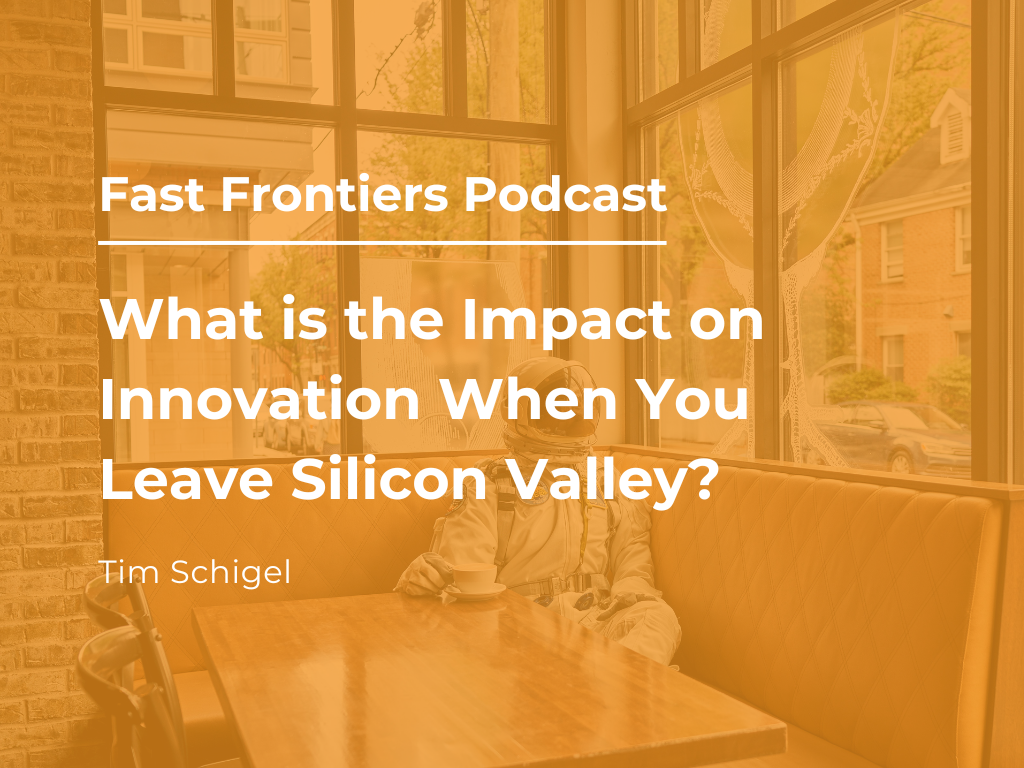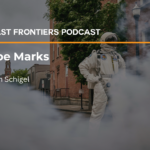A little over a month ago, Palantir Technologies, an American software company specializing in big data analytics, made waves in the tech world by announcing its plan to relocate to Denver, Colorado, from its original Silicon Valley digs.
The move coincided with the company’s filing SEC paperwork to take the company public. But experts believe—and even Palantir’s CEO Alex Karp concedes—that the exit from Silicon Valley was also driven by the cultural mismatch, skyrocketing cost of living, and non-central time zone belonging to the tech mecca abutting San Fran Bay.
Karp’s exact wording for this cultural mismatch is “monoculture,” which the CEO clarified in a May 2019 interview with Axios, while specifically citing the “increasing intolerance” he sees in the Silicon Valley as an impetus for Palantir’s exit.
Is this a trend that we can expect more tech-savvy startups to follow? Will a Silicon Valley mass exodus be yet another wave that sweeps across our nation fast on the heels of COVID-19? It appears this could very likely be the case, and monoculture seems to be the plague that lies at the crux of the problem. Let’s unpack that.
Stop Hogging the Remote…
Head to any Silicon Valley social gathering (socially distanced or virtually, for now, of course) and listen as a fly on the wall to any conversation being held. I will bet good money that 99.9% of that repertoire revolves entirely around tech. It is all anyone talks about these days. Simply put: tech has overtaken the conversation, crowding everything else out. Silicon Valley has amassed all things tech: the best software, the most successful and creative startups (and creative minds), and even the majority of the funds needed to keep producing more.
Basically, Silicon Valley has been hogging the remote for far too long. It’s time to spread the love by literally spreading the creation of software and tech startups throughout the country. This movement will not only allow and encourage the spread of tech-savvy ideas and skillsets to other worthy regions. It will also return the needed balance, breaking Silicon Valley’s current monopoly and encouraging the influx of different ideas into the mix—not just tech, tech, tech.
A World of Possibilities
Yet another upside of this migration? Expanded economic opportunity for brilliant minds not located in San Fran Bay. Accel venture capitalist Vas Natarajan described this hopeful “what if” mentality perfectly during a recent interview for Wired, “You can think of a city as a platform… And each new platform opens up the possibility space.”
For instance, although it may be argued that there is a level of unmatched ambition and tech prowess that only Silicon Valley can currently claim, other areas offer exciting things in their own rites—things that, in my opinion, are the very foundations successful new frontiers are made of. Think of New York City, a city chock full of such rich diversity, not just ethnically, but creatively as well. What’s also remarkable about New York? The number of artists, financiers, publishers, actors, and more that abound there. This city is anything but tech 24/7.
Another city also appearing on my mental shortlist of promising players: Pittsburgh, with the powerhouse of Carnegie Mellon University and its advanced robotics movement, as well as lower rents appearing as big draws. Even internationally, we are starting to see glimmers of migration options, such as Montreal and Toronto, both of which are making great strides in the area of AI.
And then there’s the aforementioned Denver, where Palantir has picked to replant its roots. Millennials have already discovered the underrated gem, having been flocking to this area in droves recently to enjoy greater affordability, greater diversity, and a much more balanced work-life ratio.
Where To Next?
As the world marches on—and seemingly away from Silicon Valley—post-pandemic, the possibilities are endless. There is such a richness of cultures and an incredible influx of new, innovative ideas nationwide—every city and region bringing its unique flavors to the table.
The future is now… Welcome to the feast.



